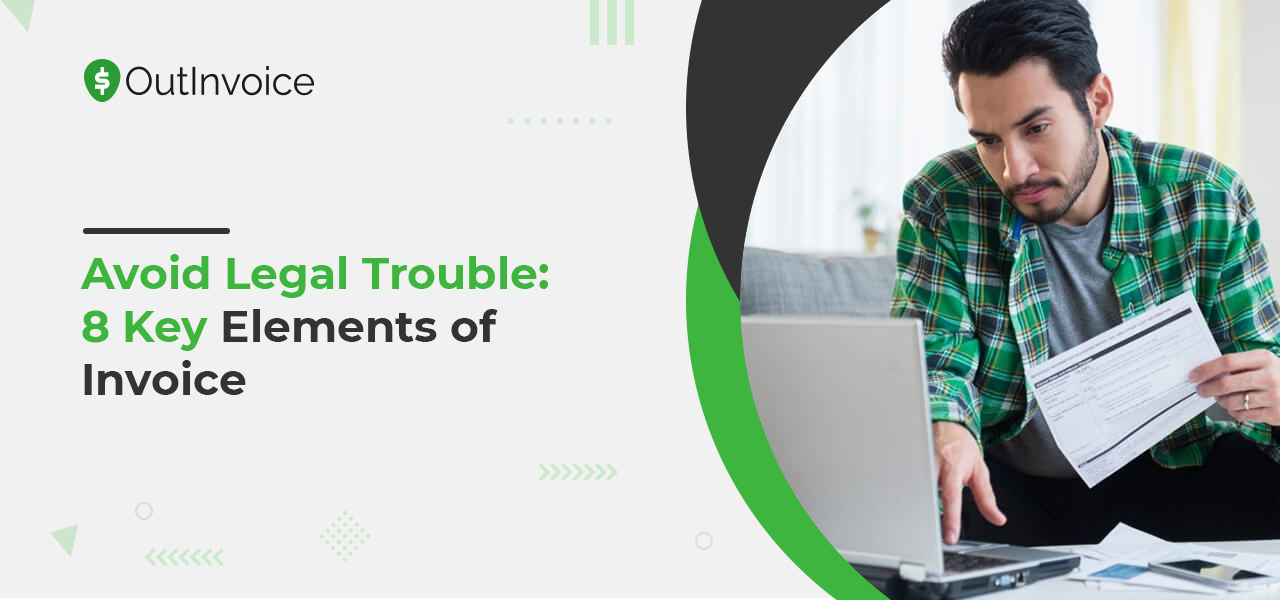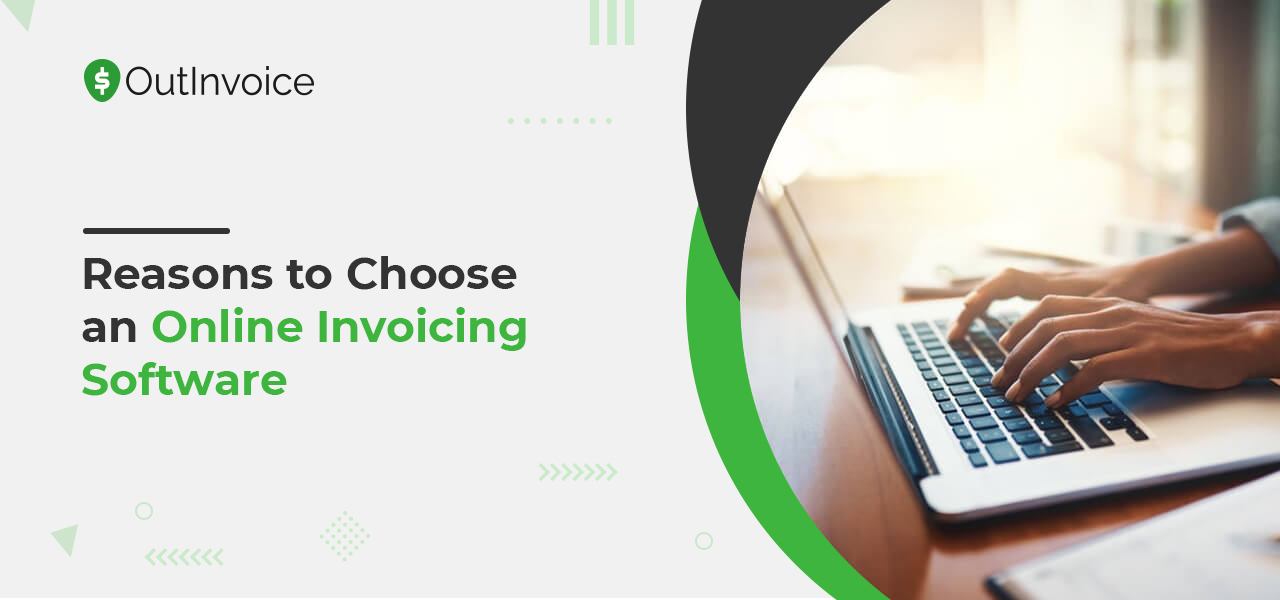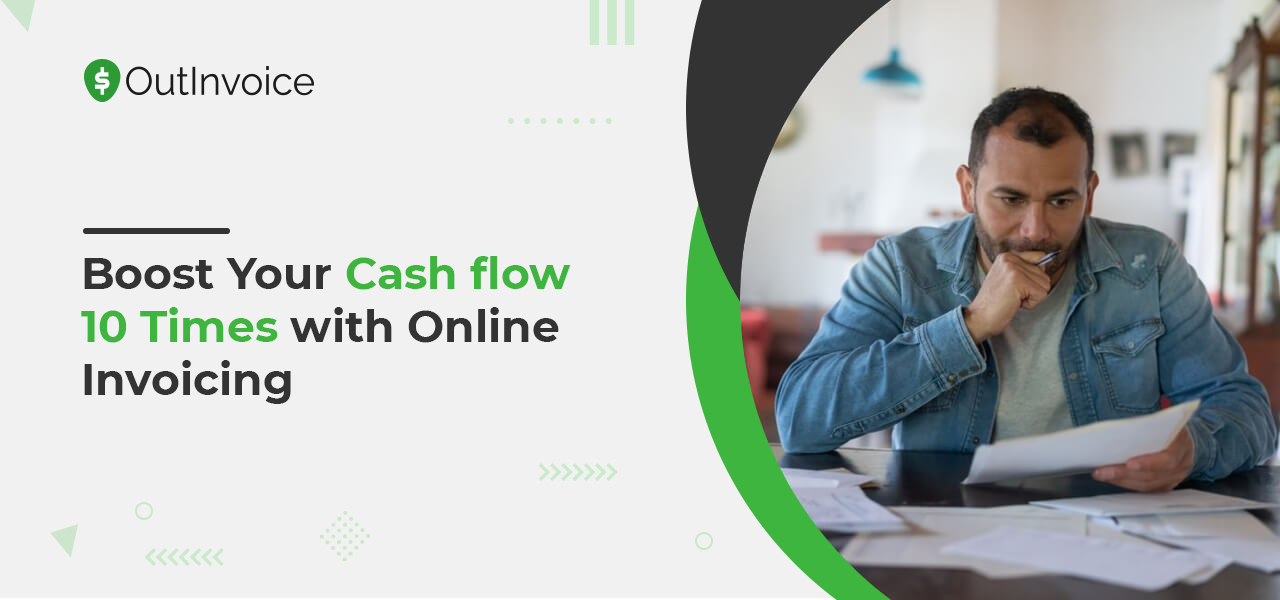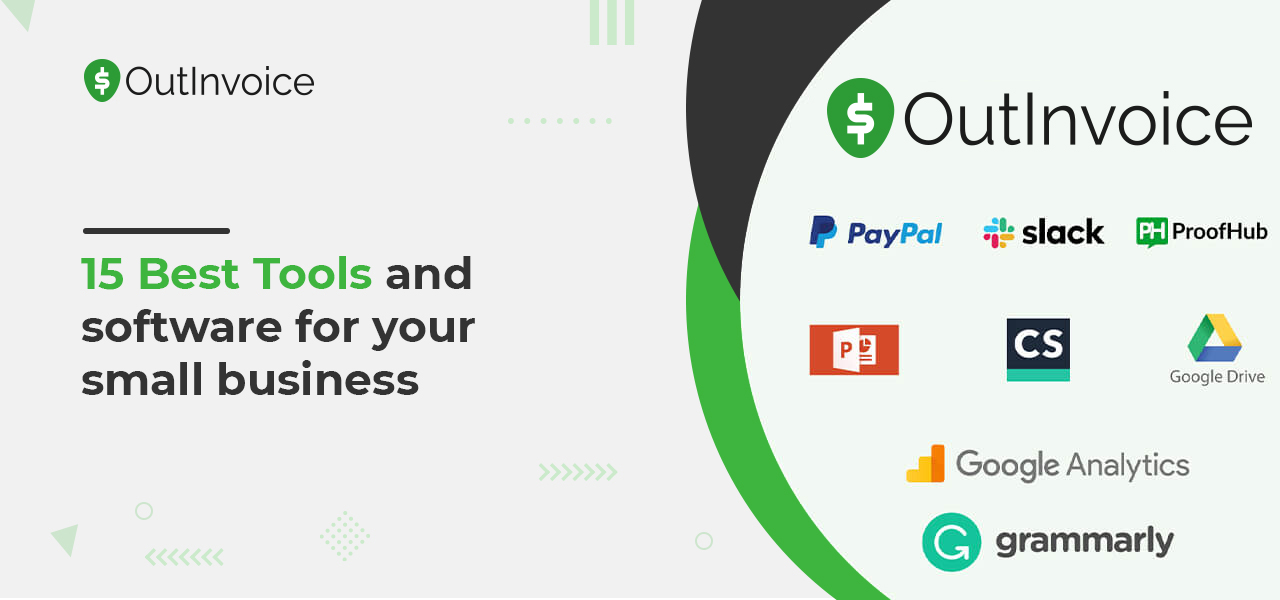
Avoid Legal Trouble: 8 Key Elements of Invoice
An invoice is not the highlight of the day for any business owners or organizations. Instead, it is asking your customers or clients to pay an invoice. Nevertheless, it is an important assignment that will form or shatter your business or organization. Hence, it is vital to have a professional, formal invoicing system for the steady growth of any business or organization. It helps to keep records and track of your business accounts and billing. This helps to keep your invoicing less painful for both business owners and customers too. Also, it helps to increase cash flow into your bank account.
Chasing payments is nothing worse than climbing a mountain. It consumes valuable time that can be contributed to other important work. Some uncertainty can create severe headaches and some losses.
Do you think about creating an invoice without legal trouble?
Table of Contents
Key Elements of Invoice
Here are some key elements of invoices that help to avoid legal trouble that may occur during business transactions.
1. Choosing the Best Invoicing Software
Forget about using those old-fashioned spreadsheets and manual invoicing and shift towards a cloud-based invoicing software. Shifting towards an electronic invoicing system allows you to generate and send bills electronically through a fully automated system. This means no more waiting in a queue.
Moreover, switching to automated invoicing software will save costs to pay for postage, paper, stamp, and ink. If you have no idea about choosing the right software then, here is the complete guide for choosing invoicing software.
Most electronic invoicing systems are responsive, allowing you to create, manage, and review on mobile devices. This means you can work from anywhere and everywhere. Additionally, by setting recurring payments and payment reminders, you can automate invoicing.
Until the invoice has been paid, some invoicing platforms even text the customers. They also come with features like tracking dues, time tracking, expense management, cash flow, payment methods, and project management.

2. Keep Customer Information and Standard Billing Amounts/Items
After you selected the best invoicing software that suited your business, now it’s time to get organize your invoices and send them to your clients. The first stage is keeping customer’s information on your invoice or database. The information includes their name, email address, contact details, billing and mailing address, and preferred payment methods.
Having a backup stored in the cloud will help send invoices whenever required and send recurring payments remainders and payment methods. But this will remain ideal in the case of a long-term project or subscription-based business.
Entering billing costs in your system will help to save time and cost while creating bills. For instance, if you are a freelancer, you will input the system’s per hour rate, then the total bill will be calculated automatically.
Ask for the contact details of who is responsible for paying you from the moment you start the project. Generally, it is easier to deal with the person directly, and adding cc to primary contact will help to circulate information relating to the payment and payment methods. In this way, it will be easier to keep track and follow up on payments, and the payment process will be direct.
Remember, you will get paid faster if you send your invoices immediately after service is provided.
3. Establishing Payment Terms and Policies
Your payment terms and policies are the most important factor determining when and how your invoices will be paid. You will discuss your terms and conditions in advance if you are a freelancer. So that the client will not be surprised by the bill, they will receive. Preferred payment methods and processes should be scheduled and should be given priority. This ensures that there is no gap in the billing process payment methods. For instance, you should not include vague terms and conditions which are hard to understand and difficult to pay by the clients.
Most business companies have the rule to make a payment within 30 days after the invoice date; nevertheless, you should review your company’s invoices and standards and ask about the products along the payment process.
You have to provide favourable conditions to the clients to provide payment and ask about the payment cycle. If your client pays bills in the first week of the month, track your client’s process and keep a remainder and send them weekly invoices as they will not pay those invoices until the first week.
Let’s take an example if you give your clients 45 days to pay an invoice and that customers pay two weeks later after the due date, then that means you waited two months to receive the payment.
Asking your company about their payment cycle and payment methods and syncing with their cycle can increase the payment duration.
Every client may not know about Net30. Actually, net 30 means payment must be made within thirty days after the invoice date. So, mentioning a specific due date will be easier for everyone to understand. Do not use due upon receipt if possible unless you have already discussed it with your client. You need to set a reminder about an actual due date, and without talking about it may backfire you.
4. Designing Invoices Professionally
The design of your invoices plays an important role in any business. Believe it or not, the design of your invoice matters in the case of customers. This is because poorly designed invoices can cause confusion and irritation and easily get ignored. Also, they will not impact a client on your bills on time which shows a lack of professionalism.
A well-designed invoice makes sure that you are professional, and your professional work leads to faster payment. It differentiates you from a crowd. Hence, it seems excessively complex, but it is quite simpler to reflect the brand in reality. To be professional, you should include the following things:
- Your brand logo
- Brand’s slogan
- Clearly defined payment methods and terms
- List the services or products provided
- Provide contact details information
- Invoice number
- Due date
- Add late fees
- A personalized message like please, thank you to your client for payment
Most of the invoicing software provides a template and drag-and-drop logo. It will also issue a unique invoice number.
Your invoice is a document that you send out from your business, so make sure that it reflects your brand – think logo, colors, fonts, and wording of the item descriptions and your payment terms. For instance, make the brand message fun and easily understandable by general people. Before making a brand slogan, do research or consult an agency for the best payment methods and terms. Do not forget to sign a simple contract to ensure that both parties are protected and are in the same thought process when it comes to the payments process. Shake hands to make a deal to get paid faster.
Making multiple errors, incorrect total amount, non-specific formatting can make your business look messy and unprofessional. Not only this, unprofessional invoices prevent receiving timely payment.
Always double-check your invoices before they are sent to customers to make your invoices free from errors.
Did you know adding a logo to your invoices increases payment time by three times? A logo establishes your company as a brand and reflects professionalism which makes your invoices different from others. It reflects a good branding strategy.
Make sure to make the logo, colours, fonts, and templates that mirror your brand.
While dealing with customers, be polite, like adding phrases, please pay your invoices within 15 days or thank you for your business, please let us know about the products which is not a big deal but could help equally to make an impression on the client and could increase the payment process.
5. Providing Any Essential Details Requested by Client
In many cases, companies must specify the information about what details must be present on an invoice. Sometimes, your client may ask for a Tax ID number or Social Security key number. Or a vendor or a business owner has to put detailed information on billing paper. The other form includes sending invoices electronically via mail or fax. It is better to keep all detailed information on your invoice, increasing the probability of getting paid faster.
Each invoice should specify all the detailed services and items that you are being charged. If the client is being charged a flat rate or discounted rate, you need to specify. Provide the best judgment to determine the detailed need. Alternatively, specify the hourly rate if you are billing by the hour, numbers of hours billed, and the amount received for the given time.
It is the best opportunity to remind your client about how much value you have been charged. It is the opportunity to reflect your company’s professionalism, reliability and increase productivity.
6. Keep Good Records and Backup
Keeping good records is the most to keep for future references. This is vital when a client has related questions to the same matter. Easily available software helps in keeping a PDF copy of the invoice on the desktop. For future reference, a backup of the original invoices should be kept. Besides, sometimes invoices are kept in the cloud by creating a cloud account.
These days computer systems are flooded with viruses and bugs that can crash the system at any moment. Hence, make sure to keep backup in an external USB or drive. But like a computer system, it may have bugs or viruses.

These days, another best option is keeping important documents in the cloud, where the retrieval will be easy. Finally, there is no more justification to use paper-based invoicing software. Switching to a cloud-based invoicing system will save costs on paper, postage, ink, and many more. On top, it saves time.
Since invoices are sent and received electronically, which speeds up the payment process, it is easier and reliable to track and manage invoices and accounts.
If you are not still convinced, let’s be clear. Cloud-based invoicing systems automate the tasks like setting up recurring payments, sending payment reminders, backing up your invoices.
Keeping backup is necessary for future reference and vital from a jurisdiction point of view. From a legal point of view, it is necessary to keep the file for a certain period. Also, providing a client invoice saved upon request shows that you manage their accounts correctly, and flexibility will help maintain relationships.
If you worked as a freelancer, keep track of the project and mention your hourly rate, simplifying your up-to-date working pattern and reflecting professionalism.
You have to track your payments and cash flow, what has been paid and which are not, and separate and differentiate invoices. You should not do this invoicing software do the job through its automation features. Sometimes you might ring a client if a due is too long, but you can always generate automated text to remind them about dues.
7. Keep it Professional and Polite
Make absolutely no mistake when making or sending invoices; instead, substitute them by making professional statements. Show professionalism, transparency, and be polite. Be punctual and accurate while creating invoices.
While dealing with customers, use polite language or add phrases like, please pay your invoices within certain days or thank you for choosing us, please let us know about the products which is not a big deal but could help equally to make an impression on the client and could increase the payment process.
If you want to build strong relationships with your clients, be professional with them. And nothing better than treating them with kindness and respect. It is applicable for situations like asking to pay due too.
8. Know When to Ask for Outside Help
Consider marketing tools as the main goal of your invoices to get paid can increase your revenue. Do not be afraid to include marketing tools such as flyers or email newsletters while sending out an invoice. Include the discount and offers and referral incentives work.
Do ask for recommendations, testimonials showing a short description on the invoice. It is a good advertising method.
Every person is not qualified for creating and managing time or knowledge while creating and sending invoices to the respective business owners. In those circumstances, you should look for outside help. For instance, you may want to hire an accountant or freelance accountant to manage all of your invoices.
But, if you tackle all these on your own, you need assistance with:
Set-up System
Most invoicing software is built with ease, and easy setup with the provided manual guide. But some premium versions may require expertise to train your staff and make them familiar with the invoicing software and use them properly.
Establish Credit for Customers
Suppose the client requires to be a little more flexible by providing credit. Frequently consult with a Credit Bureau service or credit rating agency so that you get an idea of the limits of credit to be provided and its payment duration. It is not a daily activity for your company to make a credit invoice. It is the final call of any late fees.
Collect Overdue Accounts
Everyone who takes services has the intention of paying an invoice, and they push you. Despite setting multiple reminders and accumulating late fees, you better consult with an attorney or agency to chase this due.
Conclusion
A dynamic viewpoint is always the best way to make sure that your invoices get paid timely. Make sure to discuss and include the due left and ask them to pay on time. You do not need to be harsh or act like a tough lawyer to ask for the payment. You can include tactful methods like, “My other client pay me within 15 days of completing the project, and I expect the same from you too”. Do not forget to mention the terms and conditions you mentioned earlier while making a contract. This will make it a lot easier for the payment. To summarize, here the essential elements that you must include on your invoice.
- Creating an invoice
- Seller’s name and address, invoice number, contact details, company name, and company registration number
- Buyers name and detailed information
- Dates: Invoicing date, issue date, delivery date, last date of payment, exceeded the due date
- A unique invoicing reference number
- Description of the items listed, quantity, cost per unit, and total cost of the item
- The total amount charged with Tax
- Branding includes logo, font colours, size.
- Option for payment methods( bank transfer, Credit Card, Accept cheque)
Does an invoice work as a legal document? This question arises in every business mind. The invoice itself isn’t a legally binding agreement. Unless the buyers and sellers don’t agree to an invoice’s terms and conditions, it is not a legal document. The key elements of invoice mentioned above must not be left out.
Hence, if both parties ie; sellers, and buyers agree to an invoice, then only it becomes a legal agreement or document for the business.



